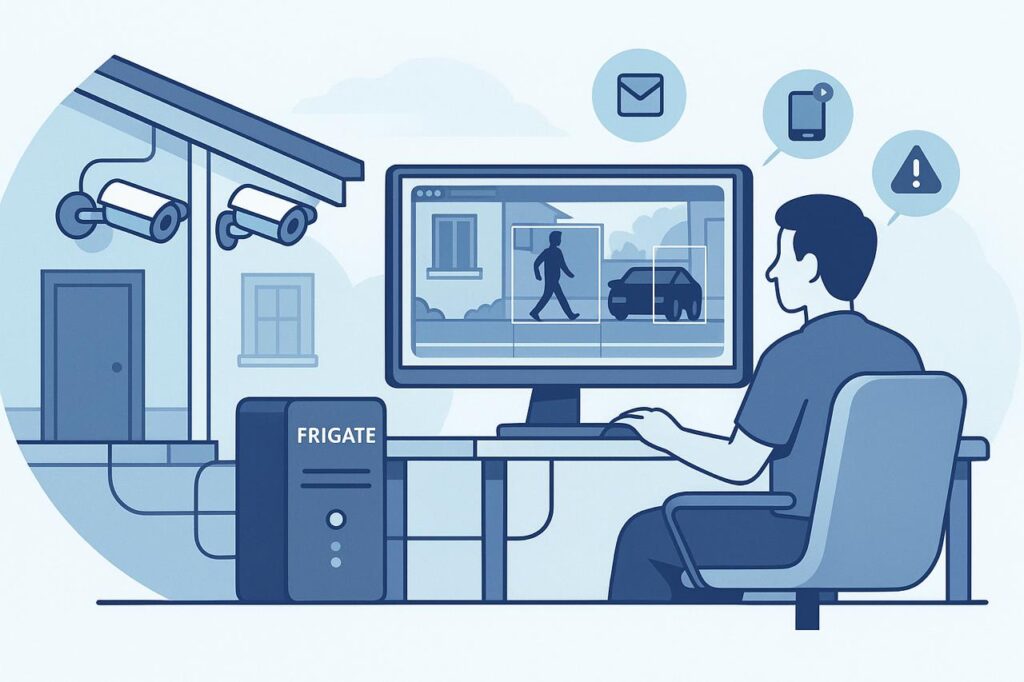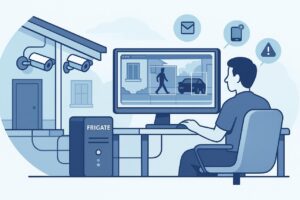I keep a KVM switch on my desk. These devices allow you to share peripherals between devices, such as keyboards, monitors, mice, and in my case, a webcam and microphone. KVM literally stands for Keyboard/Video/Mouse Switch. Why do I need more than one of these? Because I have to isolate my work system from my personal system.
A while back, I opted to upgrade to a USB3.0 KVM switch as part of an upgrade to the maximum monitor resolution. It was then that my problems began. Apparently, despite discussions of maximum capacity, that sharply goes down on some hardware, and reduces everything to well below its theoretical maximum limit. I would frequently have my webcam or my microphone not working because of these capacity issues.
There is probably a simple wiring solution to this, but it prompted me to start considering a possible second KVM upgrade. There are a lot of different items to consider here:
- How many USB ports the device will have.
- Do you need USB C?
- Do you need built in audio?
- How many monitors do you want? 1, 2, or 3?
Make a list of all the things you want to connect to determine how many ports you need. Here is my list. I am only including items that need to go via the KVM.
- Speakers – I wouldn’t mind having something that could handle audio from each device independently.
- Microphone – Both computers need audio conferencing capabilities
- Camera – Both computers need video conferencing capabilities
- Mouse
- Keyboard
Good quality audio and video devices are often USB3 now, but mice and keyboards usually are not. That is also why KVM switches have dedicated separate ports for the mouse and keyboard.
At time of original posting, Amazon has a sale on a well-reviewed USB3.0 KVM Switch, that supports dual monitors via HDMI for 2 computers. You may want to share between two devices with USB-C ports, such as two laptops, and can go with this 4K model, which supports a single HDMI monitor. Up and down the price ranges, featuring different connectors(HDMI, DisplayPort, USB-C, etc), you can find something that is right for you in this area.





